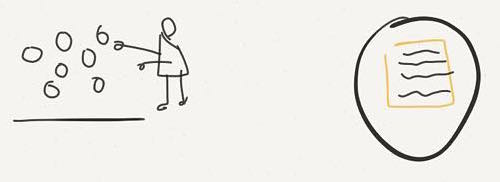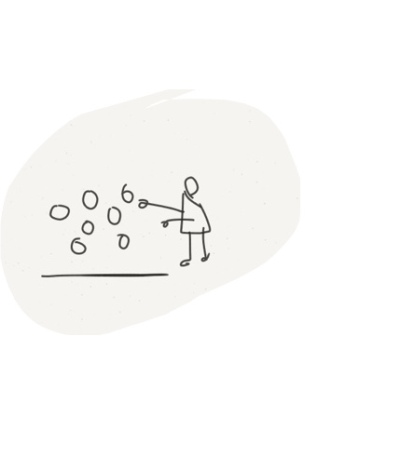PROLOGUE
Pedagogy comes before technology when designing learning experiences. Whom are we designing learning experiences for, devices or people? I’m writing this post in response to a blog post by RJ Jacquez suggesting elearning is dead.
ZOMBIE
I work with several devices on any given day: a Dell notebook, a MacBook Pro, an iPad, a Blackberry, and an iPhone. I do different things with each device. I don’t do the same things on all my devices. How would a single instructional experience apply across all devices all the time?

Instructional designers, and the learners we support, are not zombies. Context, where a learner is and what they are doing matters. Squeezing learning content from a laptop screen to a smart phone screen doesn’t extend a learning experience. It constrains it.
PEDAGOGY MATTERS
How do you interact with your mobile phone? I use mine for taking pictures, texting, and making calls. I have a lot of apps that I don’t use often. Mostly they’re there for quick one-off tasks like uploading a photo to Instagram or checking the weather. I tend not to read on my phone. For reading and watching video clips I have my iPad.
My tablet’s form factor enables me to consume a richer variety of information than my phone. iPad, for example, is good for doing research in the field. I have apps that enable me to rapidly produce a range of information types including video clips, spreadsheets, presentations, and documents.
Pedagogy has to come before technology.
EPILOGUE
I started using Plotagon after reading a tweet about it by digital innovation consultant Christy Cate. I think I was accessing Twitter from my iPad at the time. A few minutes after downloading the app I created my first story.

While it’s true the story can be played back on any device that works with YouTube what the learner does with it matters. Are they looking at the clip while finding an emergency exit? Head down while moving down a corridor there’s a good chance they’ll miss it. Maybe the device is running an app that shows them where they are in a building relative to the exits?
Pedagogy, the mindful application of instruction, comes before technology.





















